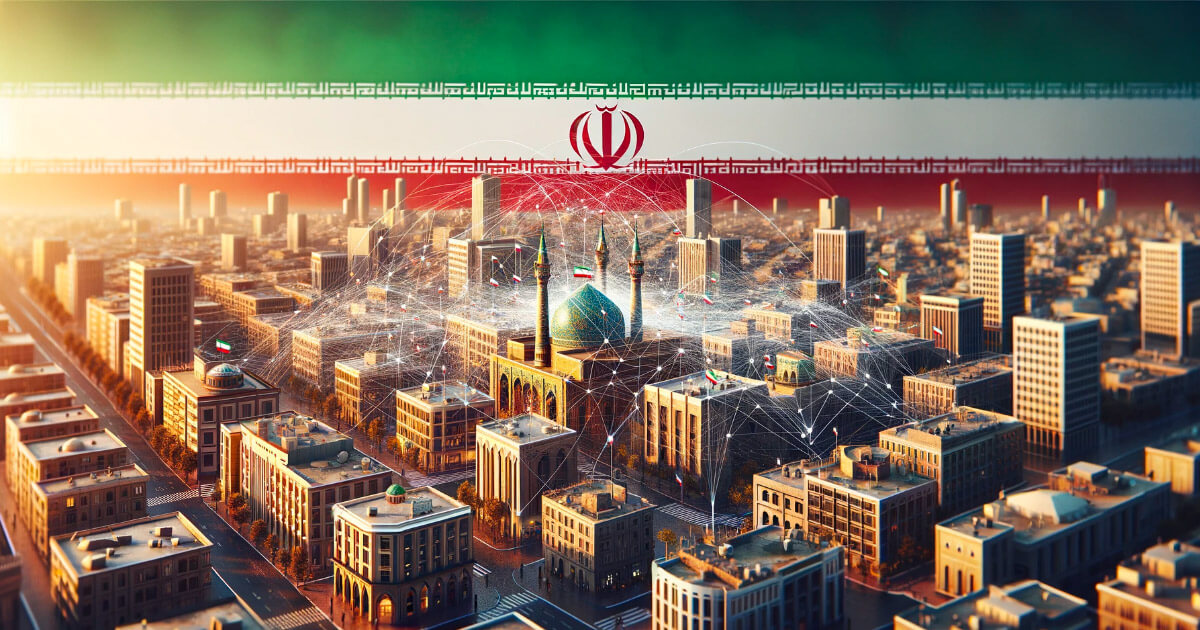
According to local media reports, Iran’s Central Bank is preparing to launch its own central bank digital currency (CBDC), called the Digital Rial, to modernize banking infrastructure and improve financial operations.
Central Bank Governor Mohammad Reza Farzin announced the plans on November 25 during the 11th Annual Conference on Modern Banking and Payment Systems.
Modernized banking vision
The Digital Rial will leverage Iran’s advanced digital banking infrastructure, specifically the Shetab payment network, which processes transactions in less than two seconds.
The coin aims to improve the efficiency of domestic and international transactions, reducing operational delays and costs. It represents an important part of Iran’s broader drive to digitalize its financial systems, ensuring compatibility with the evolving global financial ecosystem.
Farzin described the Digital Rial as an important step toward positioning Iran as a leader in modern banking in the region. The introduction of the currency is part of a broader effort to integrate Iran’s financial systems with international networks while strengthening its resilience to external pressures.
He said:
“Our vision is to adapt, innovate and collaborate globally to ensure that Iran’s banking system remains at the forefront of digital progress.”
The initiative also demonstrates a commitment to strengthening the country’s economic resilience. With sanctions limiting access to conventional international banking platforms such as SWIFT, the Digital Rial is seen as a strategic tool to secure financial autonomy while promoting innovation within Iran’s financial sector.
Regional integration and international cooperation
Farzin also emphasized that the Iranian Central Bank has implemented alternative solutions, such as the ACU-MIR platform, to address the impact of sanctions. The system has been operational since October and facilitates regional trade by bypassing SWIFT, enabling transactions with key partners such as India and Pakistan.
These efforts are part of a broader strategy to deepen financial ties with BRICS economies, which are expanding the use of local currencies to reduce dependence on traditional global financial networks.
Iran has also improved regional connectivity by linking its Shetab network to Russia’s MIR payment system. This collaboration will enable cross-border transactions and support tourism, with Russian tourists expected to use Iran’s point-of-sale systems this winter. Iranian travelers will gain similar access to Russia in early 2025, demonstrating the practical benefits of these integrations.
The rollout of the Digital Rial represents a pivotal moment for Iran’s banking sector. It highlights the country’s efforts to promote innovation, strengthen economic resilience and expand its role in the regional and global financial landscape.
By prioritizing digital currencies and alternative systems, Iran is seeking to redefine its financial activities and adapt to ongoing global shifts in banking practices.










